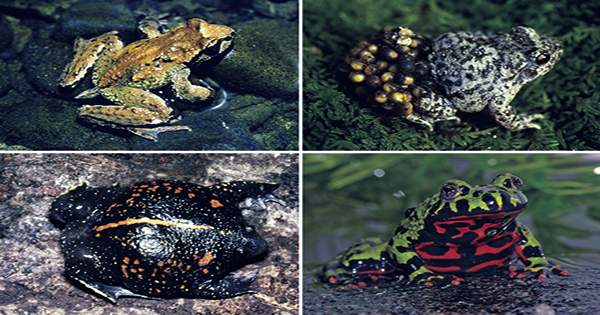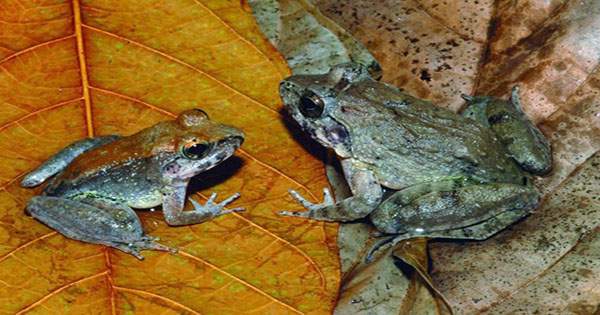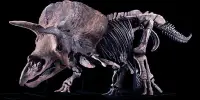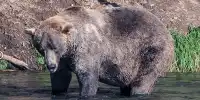Hip-pocket frogs in Australia have one of the unique breeding techniques in the world, and DNA research has revealed that they are really two species. Climate change, habitat loss, and introduced species pose serious threats to both species, with the newly identified form likely severely endangered. Hip-pocket frogs, commonly known as marsupial frogs, reside in the eastern Australian highlands’ rainforests. They deposit their eggs on the rainforest floor rather than in water, unlike practically all other amphibians.
The father rests on the liquefied egg mass after staying near the eggs for around six days. Tadpoles move up into little pouches towards the top of each leg, where they stay until they grow their own legs, at which time they begin their independent life.
The frog has been formally documented since 1933; however, it is likely that Indigenous peoples in the area have known it for thousands of years. However, a study led by Newcastle University’s Professor Michael Mahony examined its DNA and discovered that the frogs dwelling on Wollumbin (Mt Warning) are a different species from those found in the other five known places. The new species is known as Assa wollumbin, and it discovered in Zootaxa, Those who live in other places are known as Assa darlingtoni.

Even herpetologists cannot tell the two frogs apart because they are both 16mm (0.6 inch) long. With hundreds of kilometers of hot, arid valleys separating A. Darlington’s known habitats, Mahony and co-authors reasoned that they had been isolated long enough to split into different species. They examined for changes in DNA samples taken from frogs in each site. Mahony told IFLScience that it was interesting those frogs from far-flung locations were genetically identical, yet those from Wollumbin were distinct enough to warrant a new name.
After discovering the genetic differences, the scientists looked into it further and discovered variances in their mating calls. In warm weather, a wollumbin has a higher dominant frequency and seldom utilizes more than nine notes in a call, whereas A. darlingtoni uses approximately 13.
However, Mahony told IFLScience that identifying species in the field based on this alone would be difficult without a recording of each for comparison.
There are no known variations between the two species’ approaches to their most distinguishing feature: the fathers’ parental care. “As far as we know, after depositing the eggs, the mother does nothing,” Mahony told IFLScience.
“The father doesn’t appear to be providing any nourishment.” However, it appears that the protection he gives to the developing tadpoles – who are still eating the yolks of their eggs – is critical.
“It’s not simple to see” how this originated in a world where many male animals give no parental care at all, and those who do generally share it with the females, Mahony said.
Only four of the world’s 4,000 [frog] species have male paternal care, in which the male bears the growing tadpoles, according to Mahony. The other two instances are rainforest-dwelling South American frogs, in which the father transports the tadpoles to water, where they grow on their own.
Because Assa’s habitat is frequently hilly, there are rarely standing pools of water, even if the environment is moist enough to keep the eggs from drying up. “By eliminating the need for standing water to procreate, frogs avoid predators and may breed wherever there is moist moss or leaves,” Mahony explained. Because it was found just within New South Wales, A. wollumbin is eligible for the state’s newly designated Assets of Intergenerational Significance category of protection, which may see it and Wollumbin National Park get more funding.














